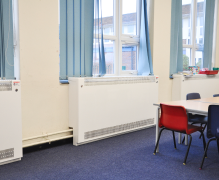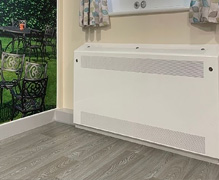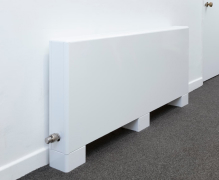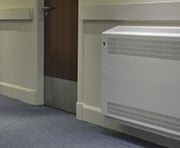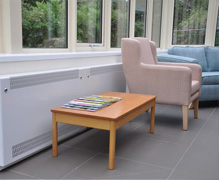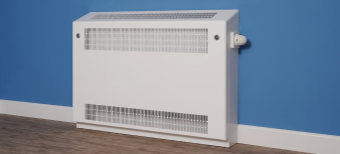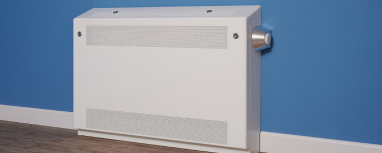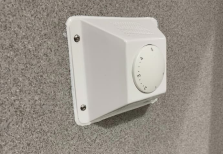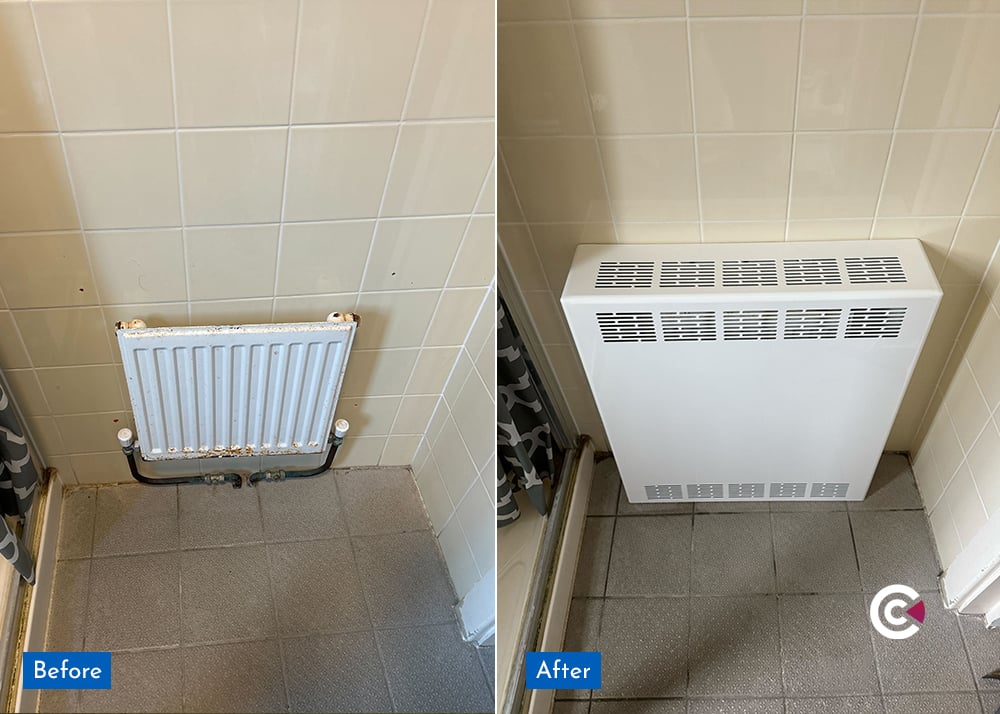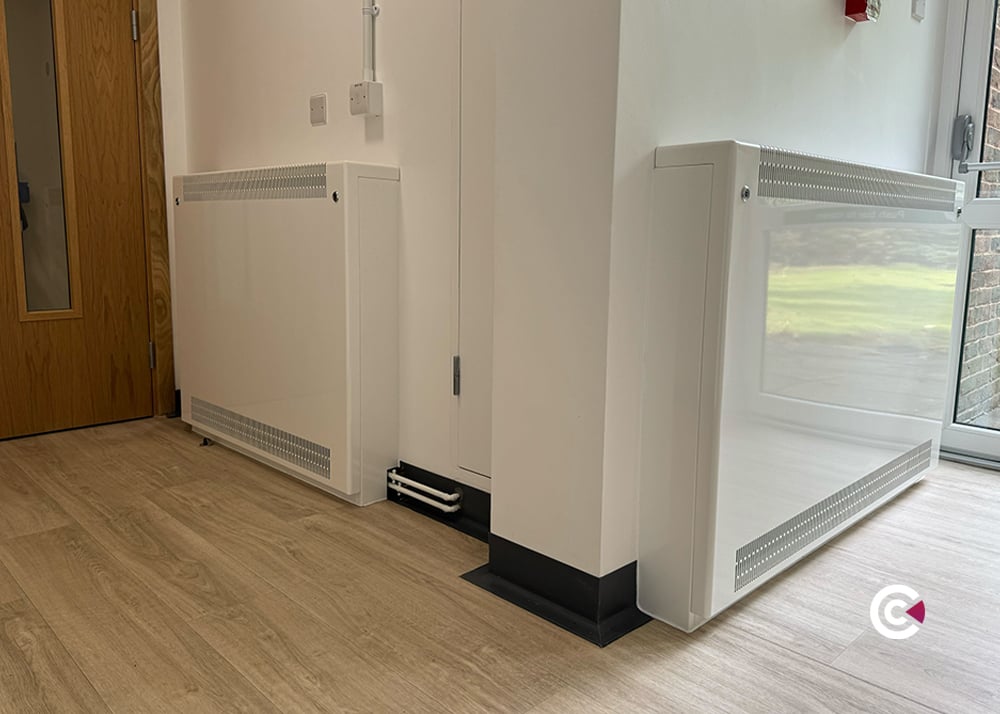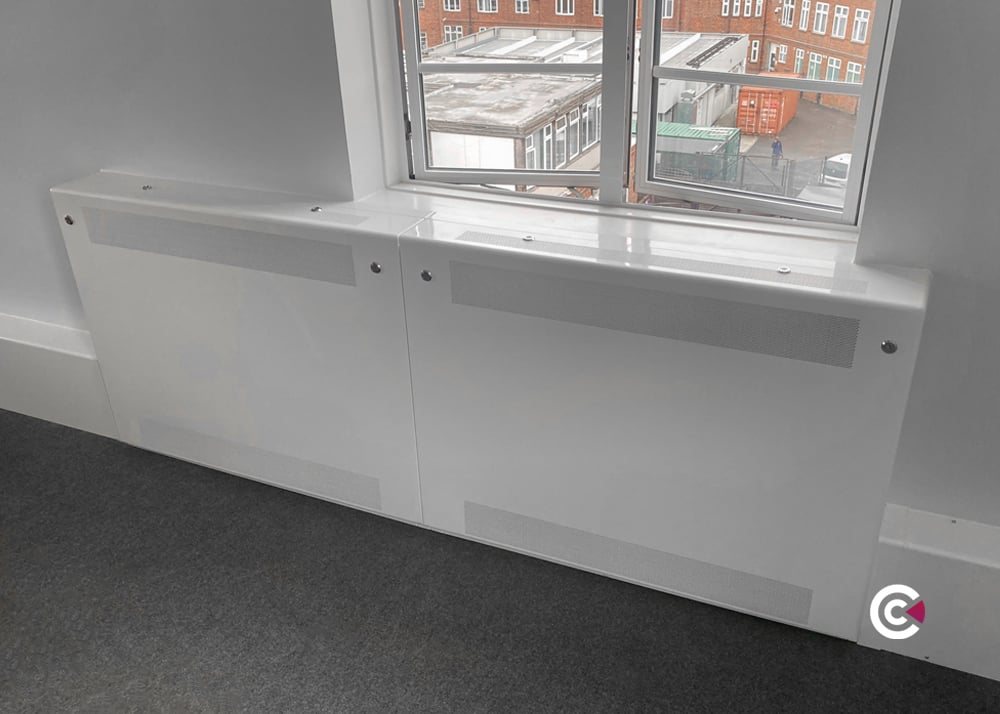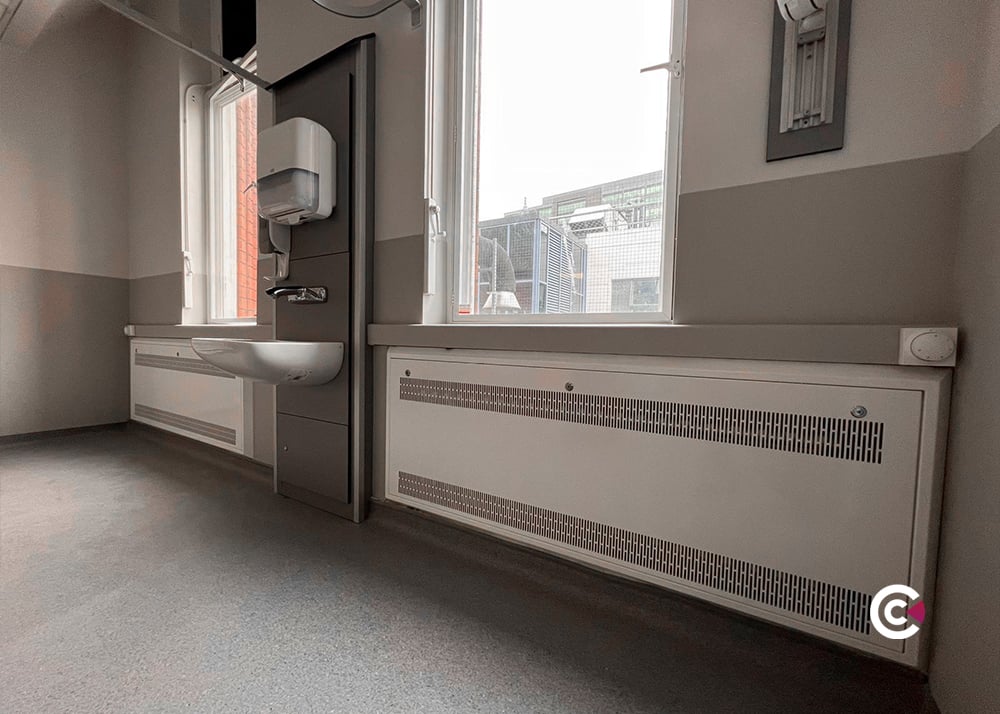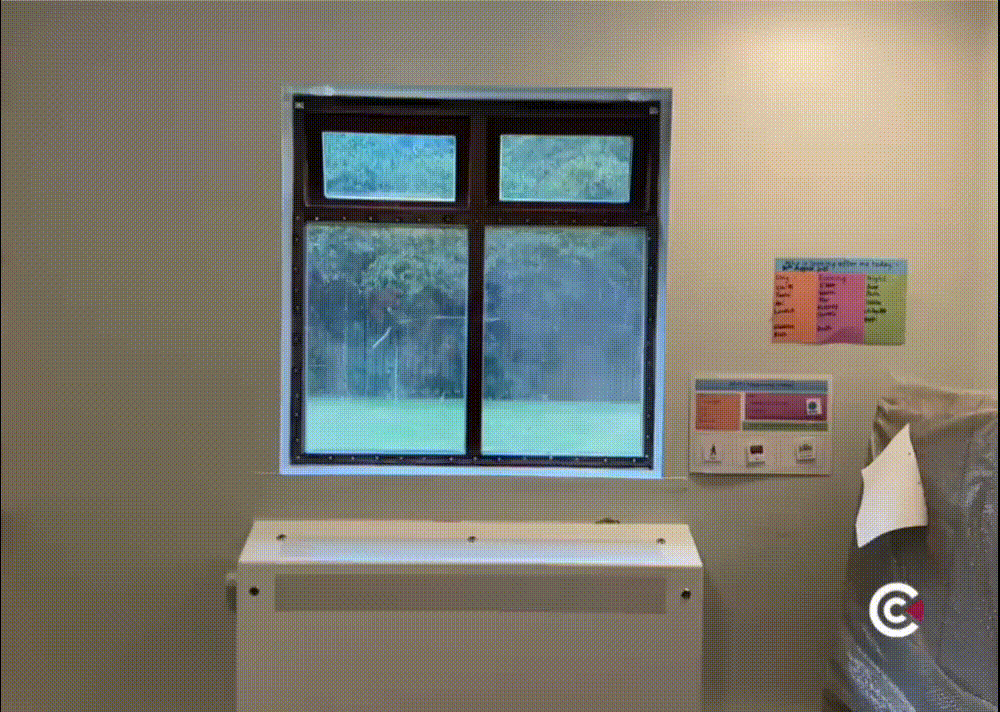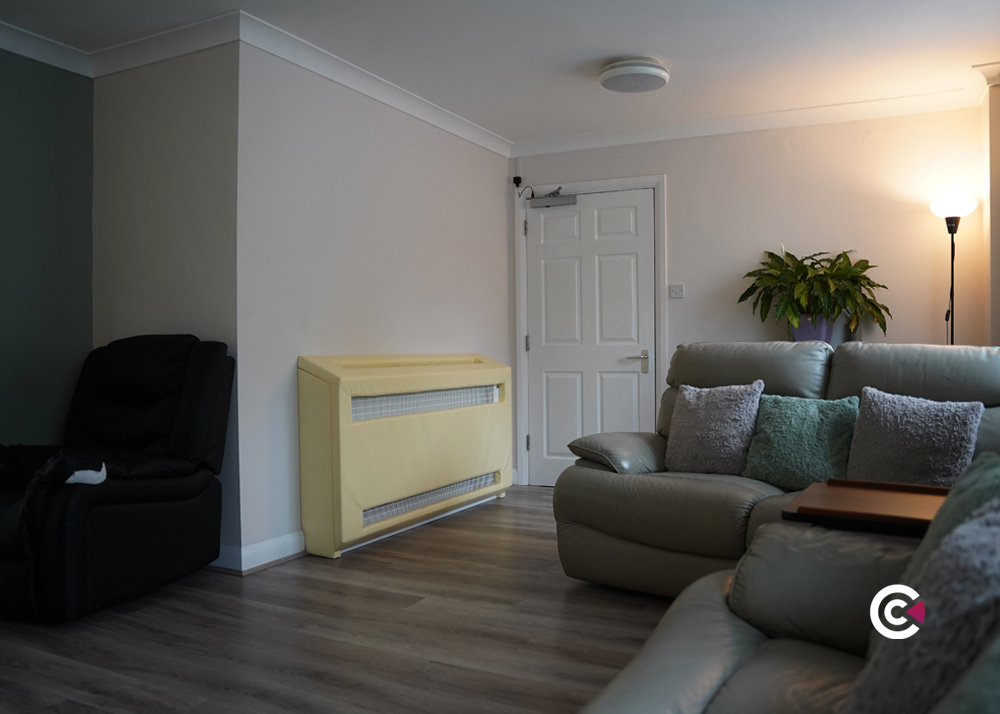When specifying radiator guards, locks may seem like a minor detail. In practice however, the type and quality of the locking mechanism play a major role in maintaining safety, security, and efficiency, especially in mental health, healthcare, and education settings.
A poorly designed lock can compromise the integrity of the guard, making it easier to tamper with, remove, or even weaponise. It can also create delays for cleaning and maintenance staff who need swift, authorised access.
At Contour Heating, lock design is never an afterthought. Each guard in our range is built with locking solutions that are tailored to the needs of the environment, whether that’s a CAMHS unit, a busy acute hospital ward, or a mainstream school.
In this post, we’ll explore how lock choice influences guard performance, and what to consider when specifying.
Not All Locks are Equal
Many radiator guards on the market still use basic key locks, some of which are prone to:
- Being picked or forced open
- Having generic keys that can be easily obtained or replicated
- Failing under frequent use
- Jamming or breaking, making access difficult for estates teams
In high-risk or sensitive environments, these kinds of locks simply aren’t enough.
Locks should not only restrict unauthorised access, but also support ease of use for staff, and remain functional under the demands of daily use.
Contour’s Locking Options
Contour offers a tiered locking system across its radiator guard range, allowing specifiers to select the right level of security for each project.
1. Secure Compression Lock (Anti-ligature Security Cam Lock)
Standard on DeepClean Extra and DeepClean Extra+
This advanced cam lock was developed by Contour Secure for use in anti-ligature and high-security environments. Key features include:
- No external keyhole: the key compresses and releases the lock through a unique slot mechanism
- Flush-fit finish: no protrusions or gaps that could create ligature points
- Tamper-resistant: difficult to force open, unscrew or pick
- Secure and repeatable: reliable even after heavy use
This lock is trusted by mental health trusts, including across:
- 136 suites
- PICU and CAMHS wards
- Secure forensic facilities
Its ligature-conscious design contributes to creating safer therapeutic environments.
2. Pin Hex Lock
Standard on DeepClean
The Pin Hex lock is a secure, more traditional locking solution suitable for moderate-risk environments. It offers:
- Tamper-resistant design
- Fast and easy access for authorised staff with the right key
- A clean, low-profile appearance
Used widely in hospitals, schools, and SEN spaces, the Pin Hex lock allows for quick opening of guards for cleaning and maintenance without compromising on basic security.
3. TRV Access and Lock Integration
Where Thermostatic Radiator Valve (TRV) access is required, Contour provides:
- Internal TRV kits with lockable access
- External TRVs with protective guards
- Back-to-wall shrouds to reduce tampering opportunities
TRV integration and cut-outs are programmed into manufacture to ensure a seamless and secure finish that complements the lock design.
Lock Choice in Context
Here’s how to match lock types to common environment needs:
| Environment | Recommended Lock Type |
| Mental Health Facilities | Secure Compression Cam Lock |
| Custodial Settings | Secure Compression Cam Lock |
| General and Acute Hospital Wards | Pin Hex Lock |
| Clinics and GP Surgeries | Pin Hex Lock |
| Care Homes, Schools and Nurseries | Covora (non-locking) |
Note: The Covora and Covora Lite models do not include a locking mechanism and are better suited to spaces where tampering or unauthorised access is not a concern.
Designing for Access and Maintenance
Locks aren’t just about security, they’re about efficiency.
Contour’s locking solutions are integrated with our patented drop-down door, available on DeepClean and DeepClean Extra models. When unlocked, the door drops safely to the floor, giving maintenance teams immediate access to:
- TRVs
- The whole radiator
- The back wall and floor behind the unit
- The inside of the guard for deep cleaning
This reduces downtime, minimises disruption to service users, and removes the need for two-person maintenance visits in most cases.
Need Help Choosing the Right Locking System for Your Radiator Guard Specification?
From anti-ligature environments to schools and hospitals, Contour offers tested, reliable solutions that balance safety with ease of use.
📧 sales@contourheating.co.uk
📞 01952 290 498
🗓️ Or book a site survey to discuss your specific needs.
-1.png)


